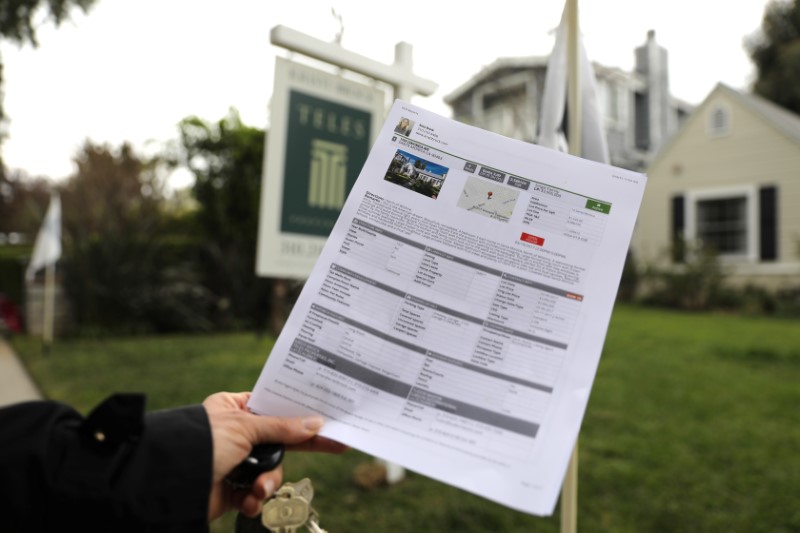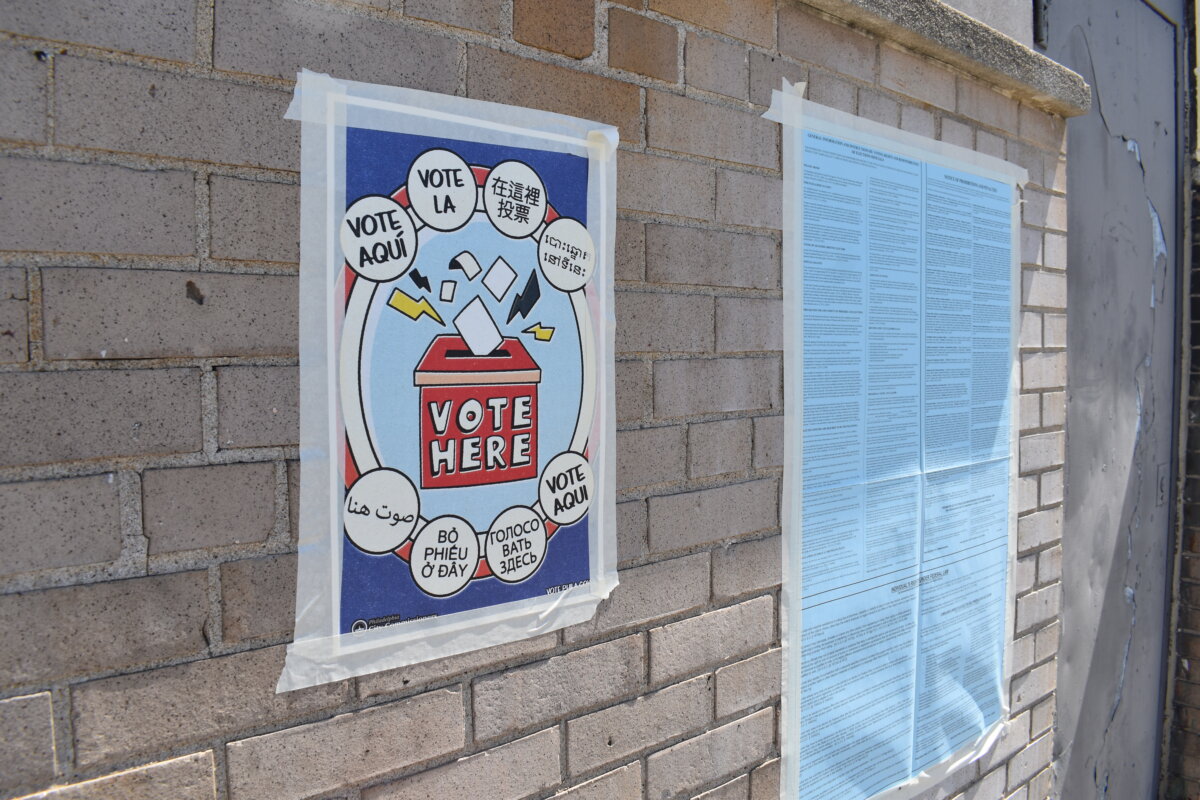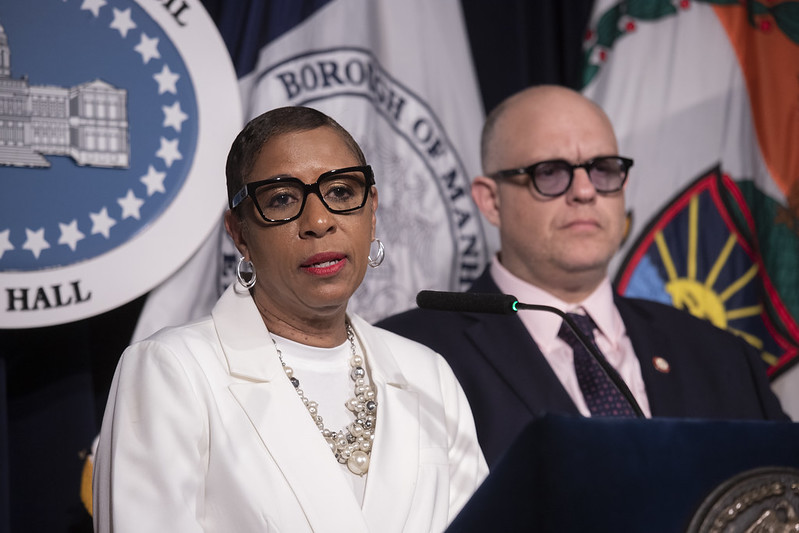By Hari Kishan and Rahul Karunakar
BENGALURU (Reuters) – U.S. house prices will rise at double the pace of inflation and wages this year as the supply of single-family homes falls short of rising demand, making housing less affordable, according to property market analysts in a Reuters poll.
Demand for housing has been driven by a strengthening labor market and a robust pickup in economic growth – but a lack of supply is holding back activity.
Analysts were evenly split over what would happen to housing market turnover this year. Fourteen of 36 respondents who answered an extra question said turnover would increase, 13 said it would be the same and nine expected it to fall.
Since a crash in home values – almost 40 percent – over a decade ago that spawned the financial crisis and a punishing recession, U.S. house prices have more than recovered all of those losses.
Lately, price rises have been driven by a lack of affordable homes coming to market, particularly a shortage of single-family homes which account for almost 90 percent of sales. Over 80 percent of 36 analysts said that is likely to continue this year.
“The key problem facing the housing market is the lack of homes on sale, especially the affordable ones that first time buyers are after, even though the labor market is strong and wages are finally starting to rise,” said Matthew Pointon, property economist at Capital Economics.
After averaging over 5 percent growth last year, the S&P/Case Shiller composite index of U.S. home prices in 20 metropolitan areas is expected to gain a further 5.6 percent this year and 4.3 percent in 2019, faster than predicted just a few months ago.
That is well above predictions for wage growth to average 2.8 percent this year and for consumer inflation to be 2.3 percent, according to a separate Reuters poll. [ECILT/US]
When asked in the latest poll, conducted Feb 15-26, to rate affordability on a scale of 1 being the cheapest and 10 the most expensive, the median answer was 7. That was in line with a similar poll on Britain’s housing market. [GB/HOMES]
For the U.S., this is the first time since a poll in August 2014 that the median was higher than 6.
In January, existing home sales dropped at the fastest year-on-year rate since August 2014, down 4.8 percent to 5.38 million annualized units. They were forecast to average a touch over 5.6 million units for the rest of the year.
That is well short of over 7 million units during the previous housing market boom.
But supply could improve in the coming months as government data earlier in February showed the number of homes under construction surged to near a 10-1/2-year high in January. Single-family home completions were the highest since June 2008.
“Home building is increasing but remains below levels necessary to compensate for the level of demand,” noted Svenja Gudell, chief economist at Zillow, a property database website.
Nearly half the property market experts in a December poll said the U.S. administration’s tax cuts would make housing less affordable while a third said they would have no effect.
Making borrowing more expensive for buyers, the Fed is almost certain to raise interest rates three times in 2018, a Reuters poll found, even though some U.S. policymakers are still worried about weak wage inflation and overall price pressures.
And the risks are increasing it will deliver four hikes.
But a majority, over 60 percent of 36 respondents, said they were not concerned that the Fed would raise rates too fast this year and slow housing market activity significantly.
In the latest poll, mortgage rates were forecast to average 4.5 percent this year, 4.9 percent next and 5.1 percent in 2020.
“A lack of housing supply, rapidly rising home prices, and now rising mortgage rates will hold back housing market turnover this year,” wrote Scott Anderson, chief economist at Bank of the West.
Treasury yields climbed to 4-year highs, pushing 30-year mortgage rates to 4.4 percent, the highest since April 2014 last week, according to home finance agency Freddie Mac.
(For other stories from the quarterly housing market polls:)
(Polling by Anisha Sheth and Sarmista Sen; Editing by Jonathan Cable and Chizu Nomiyama)



















